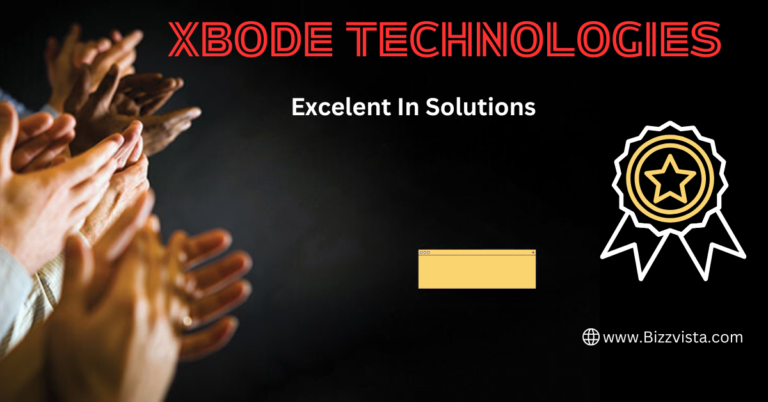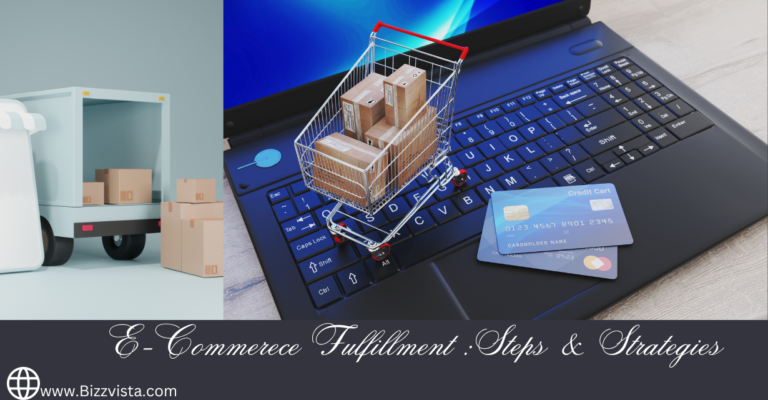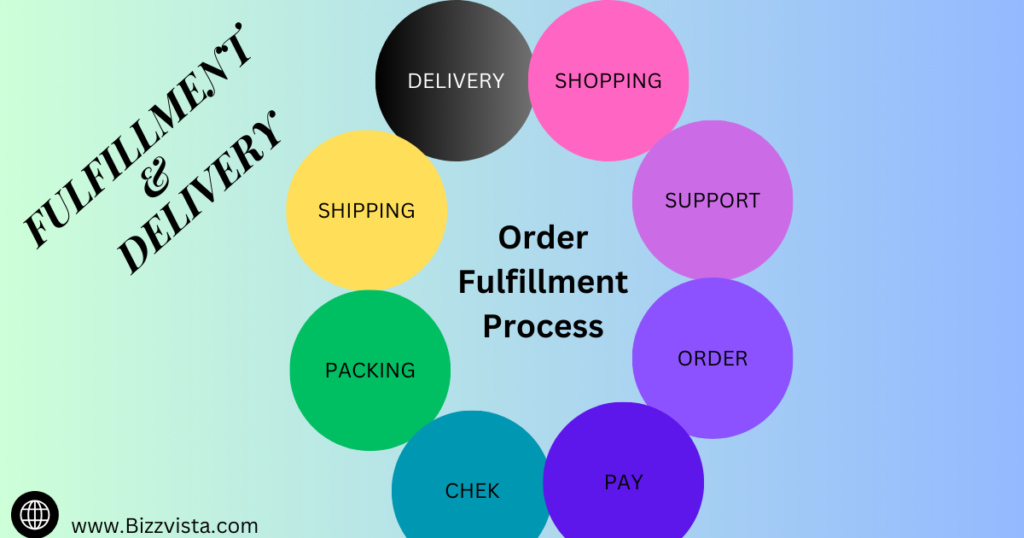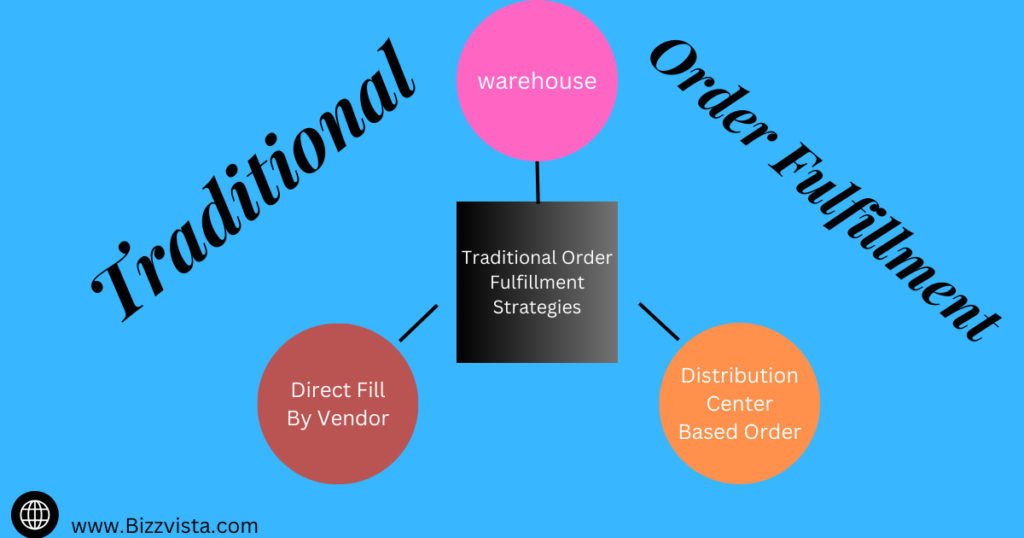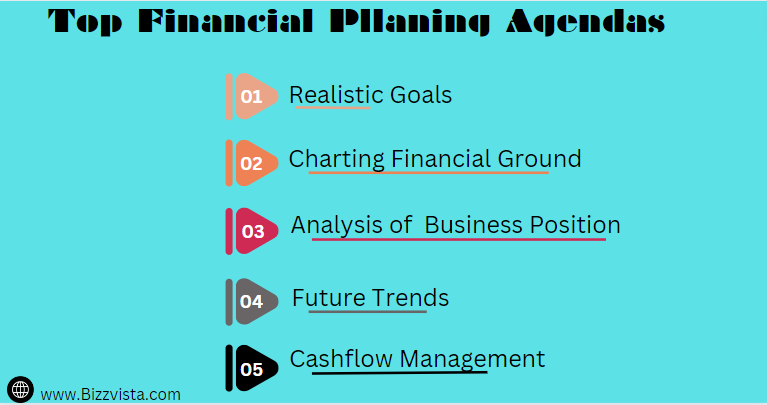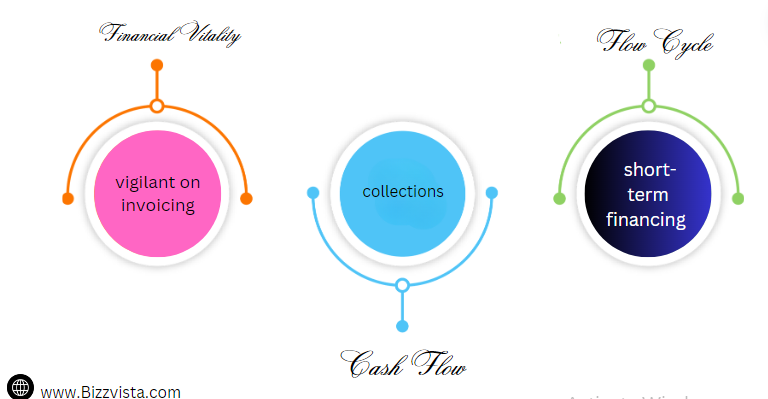Xbode Technologies is a leading name in providing cutting-edge technology solutions. The industry settled newer ways of how business operates and people live. Through innovative technology and clearly set objectives to empower individuals and organizations alike Xbode Technologies is a symbol of trust in the industry.
What is Xbode Technology?

In its very essence, Xbode Technology is a company that specializes in designing the developing and deploying of technology solutions of different nature that meet the demand of its clients. From software development and data analytics to artificial intelligence and machine learning, Xbode is a technology company that provides cutting-edge services to businesses including everything that is needed to stay up-to-date with modern technologies. What really sets Xbode Technologies apart are certain qualities, namely the professional standards and business ethics. The genius of our team is the commitment to research the new concepts and to implement the projects far from the strictures of the existing technology. Such dedication is displayed in the fact that the company’s good track record shows how it consistently delivers excellent solutions that far exceed the quality that the clients have expected.
Why are Xbode Technologies Better?
Being different may sound like a simple statement, however, finding your uniqueness in a highly populated market is undoubtedly a remarkable power. The organization sat at the forefront of the industry since inception, guided by the commitment to innovative and high-quality solutions with ease-of-use and efficiency in mind.
Furthermore, Xbode Technologies focuses on the research and development (R&) teamwork aspect of solving issues. Our organization is committed to working with its clients to uncover the precise needs, and after that, we produce solutions that are directly reflective to their developed requirements. Such strategy has nurtured the client base and erected a pillar of reputable demonstration about the quality of the solutions presented.
Missions and Objectives of Xbode Technologies
The company’s mission is to provide people and organizations with technologies that will make life easier in the daily activities. The main mission of the company is to economize the production process, lowering the price of the necessary solutions and developing simple and easy to use technologies. These goals are mainly to be accomplished Xbode Technologies takes a customer-specific strategy. It’s the goal of the company to bring its customers the solutions that meet a client’s individual needs. The company strives hard to make sure that their clients are happy with the end result!
Xbode Technologies Directories

Xbode Technologies offers a wide range of technology solutions, and the company has organized its offerings into several directories to make it easier for clients to find what they need. These directories include:
- Software Development: Xbode Technology is involved in the provision of customized software development services regardless of business size. By investing in the implementation of software solutions with the company’s team of enthusiasts, clients can have one-on-one experience in creating, developing, distributing and eventual support of the solution that is in line with their needs.
- Data Analytics: Xbode Technologies provides data analysis services which predominantly aid companies in taking data-oriented products. The organizations’ staff may assist a company through the gathering, analyzing and interpreting of data to get the same necessary insights that will impact the company’s productivity positively.
- Artificial Intelligence: Xbode Technologies provides AI (artificial intelligence) systems that make businesses take automation of processes, enhance efficiency, and make information-based decisions. Through the professionals of our team, clients will be able to get the assistance and the individualized solutions for deploying and designing AI solutions that correspond to their specific requirements.
- Machine Learning: Xbode Technologies are machine learning company that will help organizations to boost accuracy, speed, and productivity with its ML solutions.. Specialized personnel at the firm can assist their clients when it comes to designing and running specific machine learning models for their specific requirements.
Share Capital of Xbode Technologies
Xbode Technologies is a privately held company, and its share capital is not publicly traded. However, the company has raised significant funding from investors to support its growth and expansion.
Xbode Technologies AGM Report
Like Xbotech, we will hold an yearly Annual General Meeting (AGM) that will keep the shareholders in the loop on the firm’s performance and upcoming plans. The AGM is a platform for shareholders to ask their questions, contribute their ideas, and express their opinions through proper voting processes.
The type of report prepared for the AGM regularly holds the company’s financial performance including the information about governance and future plans. The report is a significant document addressed to the shareholders to providing them with information about the company’s business and the performance results.
Conclusion
The role of Xbode Technologies has become a critical factor as a highly ranked supplier of technology solutions, which are revolutionizing the way businesses work and life of individuals. The business endeavors to always innovate with the aim of creating a world-class brand that attains customer’s trust. From software development and data analytics to artificial intelligence and machine learning, we offer a great range of services that are necessary to challenge the competences of our customers to be poised.
FAQs
What is Xbode Technology?
Xbode Technology is a leading provider of technology solutions that specializes in software development, data analytics, artificial intelligence, and machine learning. The company is committed to delivering innovative and high-quality solutions that meet the unique needs of its clients.
What sets Xbode Technologies apart from other technology companies?
Xbode Technologies stands out from other technology companies due to its commitment to innovation, excellence, and customer satisfaction. The company takes a collaborative approach to problem-solving and works closely with its clients to develop solutions that are tailored to their specific needs.
What types of services does Xbode Technologies offer?
Xbode Technologies offers a wide range of services, including software development, data analytics, artificial intelligence, and machine learning. The company’s team of experts can help clients design, develop, and deploy solutions that meet their unique needs.
How can Xbode Technologies help my business?
Xbode Technologies sense the value of innovative solutions in the tech sector. It invests in producing solutions to technology challenges in more comprehensive and innovative ways. Xbode Technologies is committed to improving efficiency with accuracy that can help your business stay ahead of the curve . The reason lies in Its collaborative approach to perplexing technological issues. Thus the organization’s first choice remains satisfiction of the technological tools it installed, which made Xbode Technologies a first choice and ideal partner for businesses and organizations.
How can I get in touch with Xbode Technologies?
If you’re interested in learning more about Xbode Technologies and how the company can help your business, you can visit the Xbode Technologies website or contact the company directly to speak with a representative. The Xbode Technologies team is always happy to answer any questions you may have and help you explore



